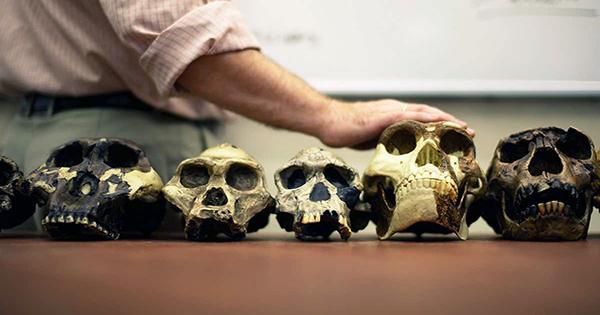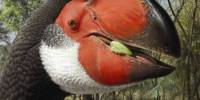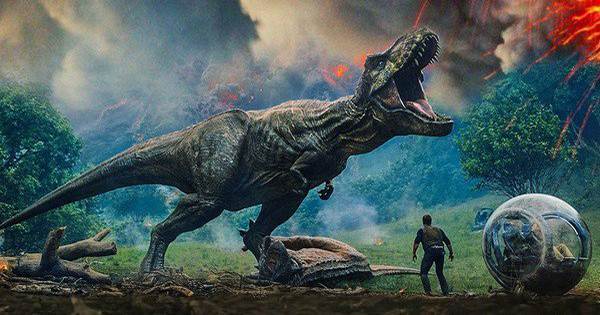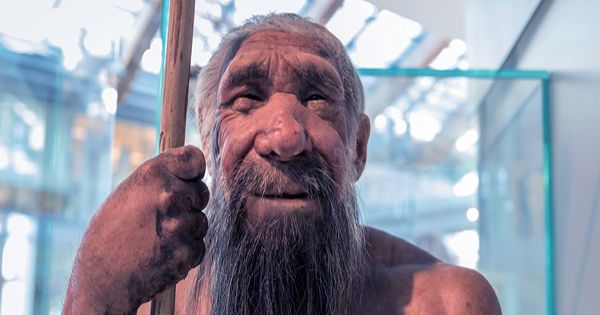An international team of experts has proposed that a new species of extinct human, Homo bodoensis, classified as a direct progenitor of us, modern humans, in order to simplify the jumbled account of human development. Their new identification, which was published in the journal Evolutionary Anthropology Issues News and Reviews, is based on a reevaluation of existing fossils from Africa and Eurasia that date from 774,000 to 129,000 years ago, a crucial time period that saw the emergence of our own species (Homo sapiens) in Africa and the Neanderthals (Homo neanderthalensis), our closest relatives, in Europe.
So many of the species’ classifications questioned and debated, the Middle Pleistocene known as the “muddle in the middle.” The present understanding of human evolution is not a clean family tree, but an intertwined and complex journey with yawning information gaps, far from the famous “Evolution of Man” graphic. This is especially true for this time, which the authors of this new study hope to, shed some light on.
Many Middle Pleistocene specimens from Eurasian and African regions have been mislabeled as Homo heidelbergensis — regarded by some to be the most recent common ancestor of modern humans and Neanderthals — or Homo rhodesiensis — a closely related species to H. heidelbergensis. In this latest study, the researchers propose that majority of these fossils should instead be classified as H. Bodoni’s.
They contend that the name H. heidelbergensis is superfluous because many of the specimens discovered are early Neanderthals, not a parent species of modern humans and Neanderthals. Furthermore, other fossil hominins from East Asia during this period are not included in the term. Similarly, the name H. rhodesiensis has remained ill-defined and controversial among palaeoanthropologists. Due to its link with Cecil Rhodes, a prominent 19th-century British imperialist, mining tycoon, and politician who played a key role in the atrocities of colonial southern Africa, the name has sparked considerable debate. The name bodoensis refers to a site in Ethiopia where one of the fossils was discovered, Bodo Dear.
H. heidelbergensis and H. rhodesiensis will largely eliminate under the new classification. H. bodoensis, on the other hand, will use to characterize most Middle Pleistocene people from Africa, as well as some from Southeast Europe. The study believes that the surviving fossils in Eurasia might be class as Neanderthals. Obviously, this “one size fits all” approach will not appeal to everyone. However, the researchers suggest that it is a crucial step to clear up the “muddle in the middle” and make it simpler to speak about this pivotal period in human evolution.
Dr. Mirjana Roksandic, principal research author and palaeoanthropologist at the University of Winnipeg, stated in a statement “talking about human evolution during this time period became hard owing to the absence of correct vocabulary that reflects human regional heterogeneity.” “The International Commission on Zoological Nomenclature authorizes name modifications only under very rigorous conditions; therefore naming a new species is a significant issue.” We are optimistic that this one will last a long time; a new taxon name will only live if it is used by other researchers.”
















